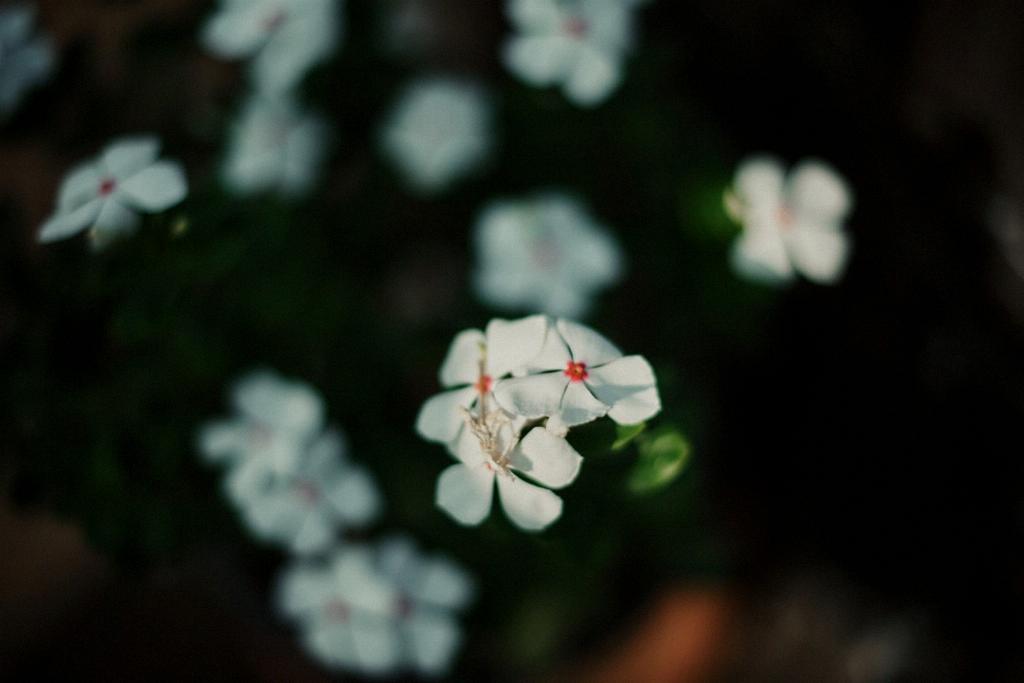When it comes to keeping your Lantana blooming beautifully, there are some key factors to consider. First and foremost, it’s essential to ensure that your Lantana plants are receiving an adequate amount of sunlight. Lantanas thrive in full sun, so it’s crucial to place them in an area where they can soak up at least 6 hours of direct sunlight each day.
If your Lantana plants are not getting enough sun exposure, they may become weak and produce fewer blooms. So, make sure to choose a spot in your garden or yard that receives plenty of sunlight to encourage healthy growth and abundant flowering.
Another critical factor in promoting blooming in Lantana plants is to provide them with sufficient water. While Lantanas are relatively drought-tolerant once established, they still need regular watering to thrive and produce vibrant blooms. Make sure to water your Lantana plants deeply but infrequently, allowing the soil to dry out slightly between waterings to prevent root rot.
In addition to sunlight and water, feeding your Lantana plants with a balanced fertilizer can also help encourage blooming. Choose a fertilizer specifically formulated for flowering plants and follow the instructions on the label for best results. Fertilize your Lantanas regularly during the growing season to provide them with the nutrients they need to produce healthy foliage and abundant flowers.
Pruning is another important aspect of keeping your Lantana blooming throughout the season. Regular deadheading of faded blooms can promote continuous flowering by encouraging the plant to put energy into producing new buds rather than seed production. Additionally, pruning back overgrown or leggy growth can help shape the plant and promote bushier growth, leading to more flowers.
Ensuring good air circulation around your Lantana plants is also crucial for preventing issues such as powdery mildew or fungal diseases that can inhibit blooming. Plant your Lantanas in a location with adequate air movement, and avoid overcrowding them with other plants to allow for proper ventilation.
Keep an eye out for pests that may feed on your Lantana plants and potentially impact their blooming. Common pests that can affect Lantanas include spider mites, aphids, and whiteflies. Regularly inspect your plants for signs of pest damage, such as yellowing leaves or distorted growth, and take appropriate measures to control infestations to keep your Lantanas healthy and blooming.
Lastly, mulching around the base of your Lantana plants can help conserve soil moisture, suppress weeds, and regulate soil temperature. Apply a layer of organic mulch, such as wood chips or shredded bark, around your Lantanas to provide these benefits and support overall plant health, which can contribute to continuous blooming.

